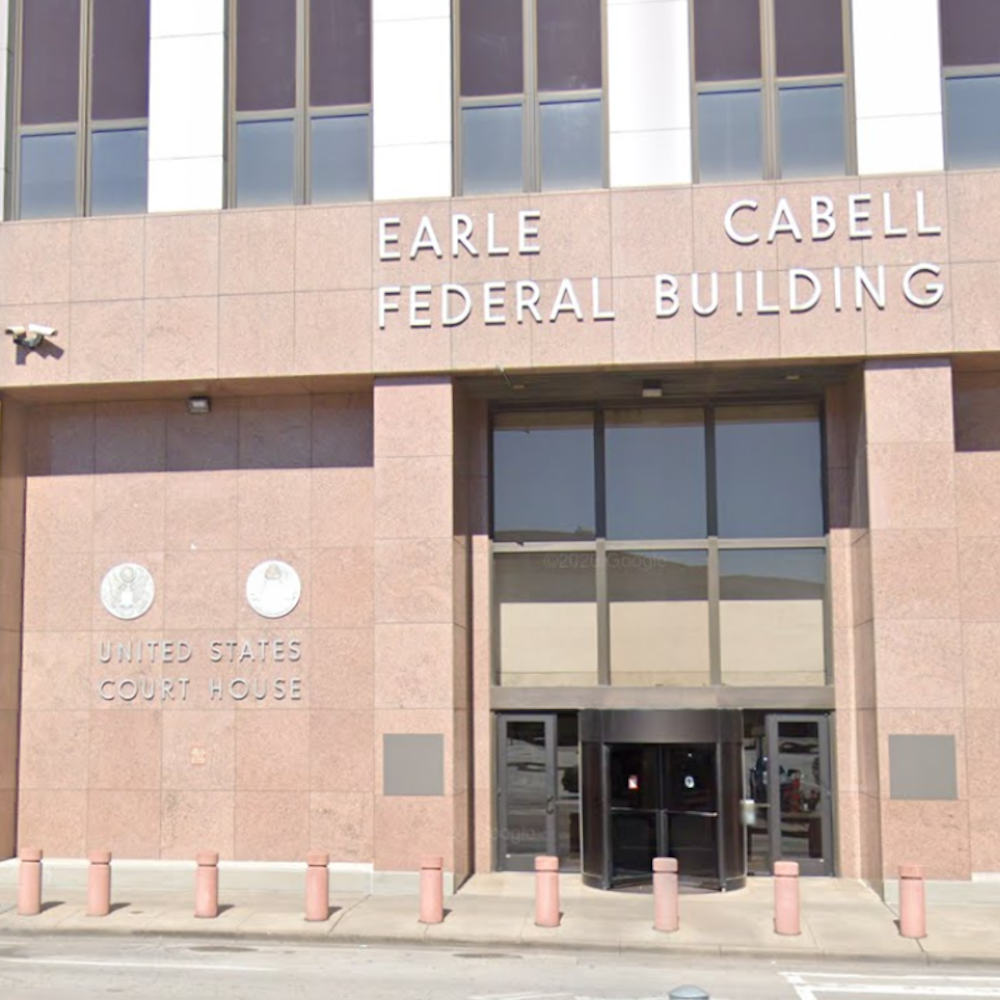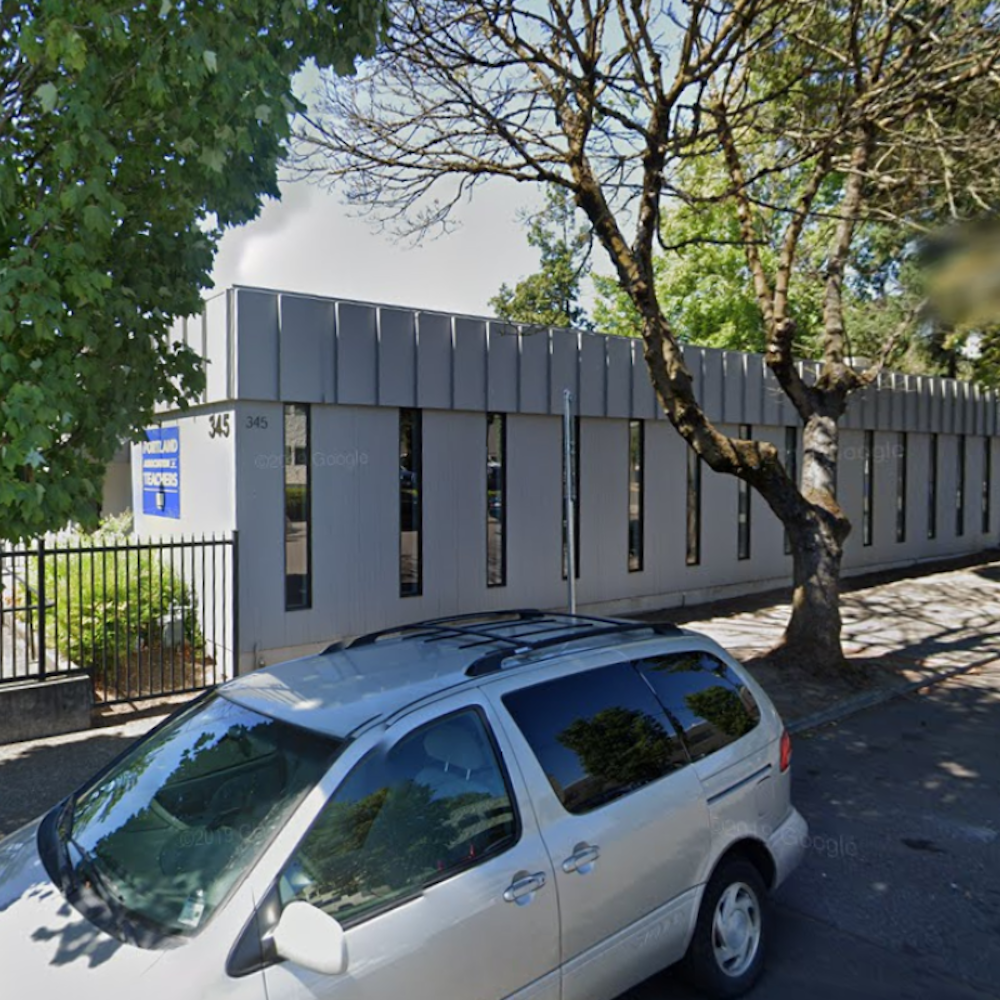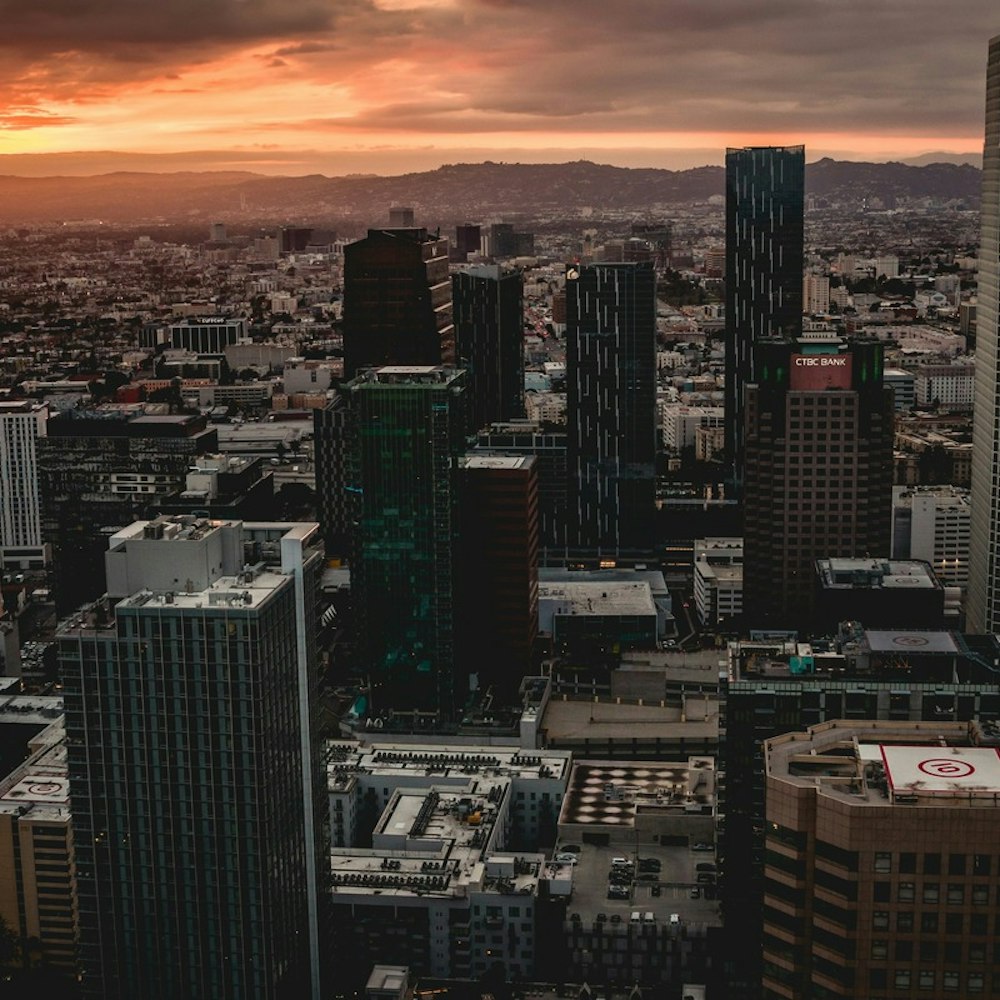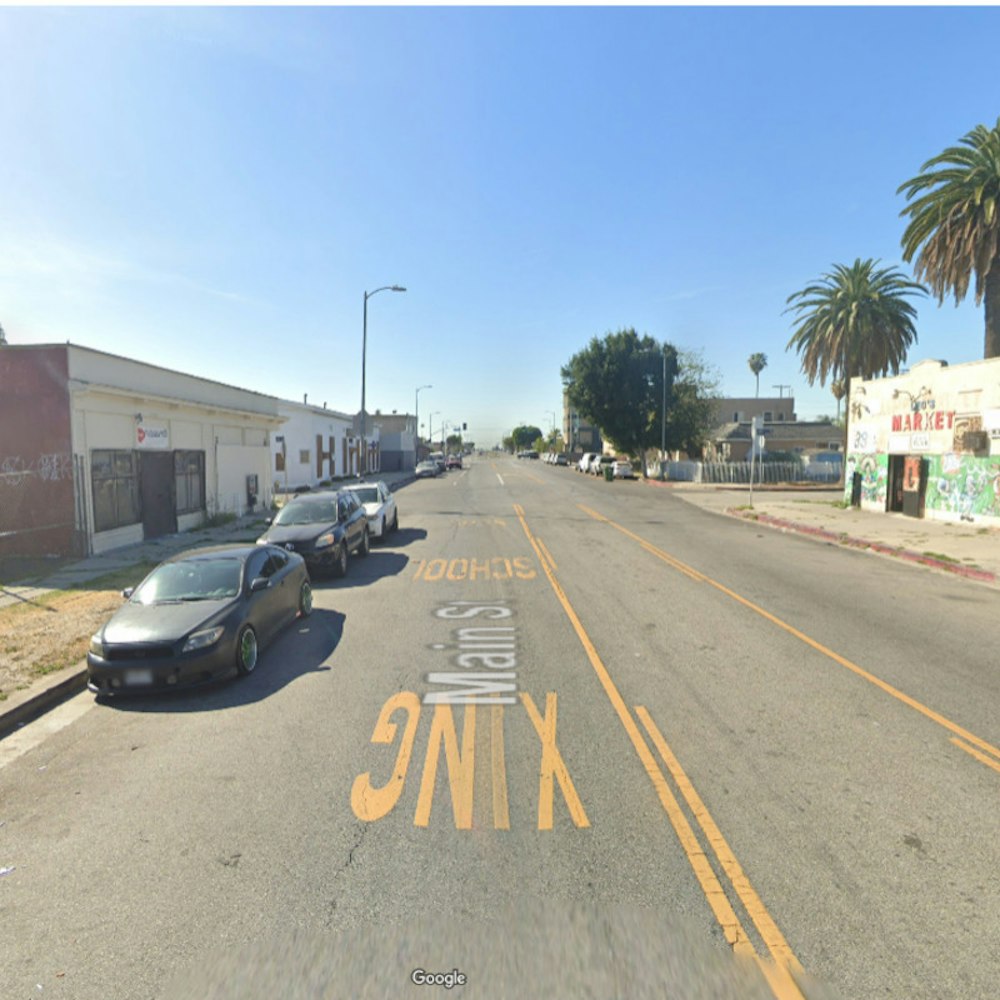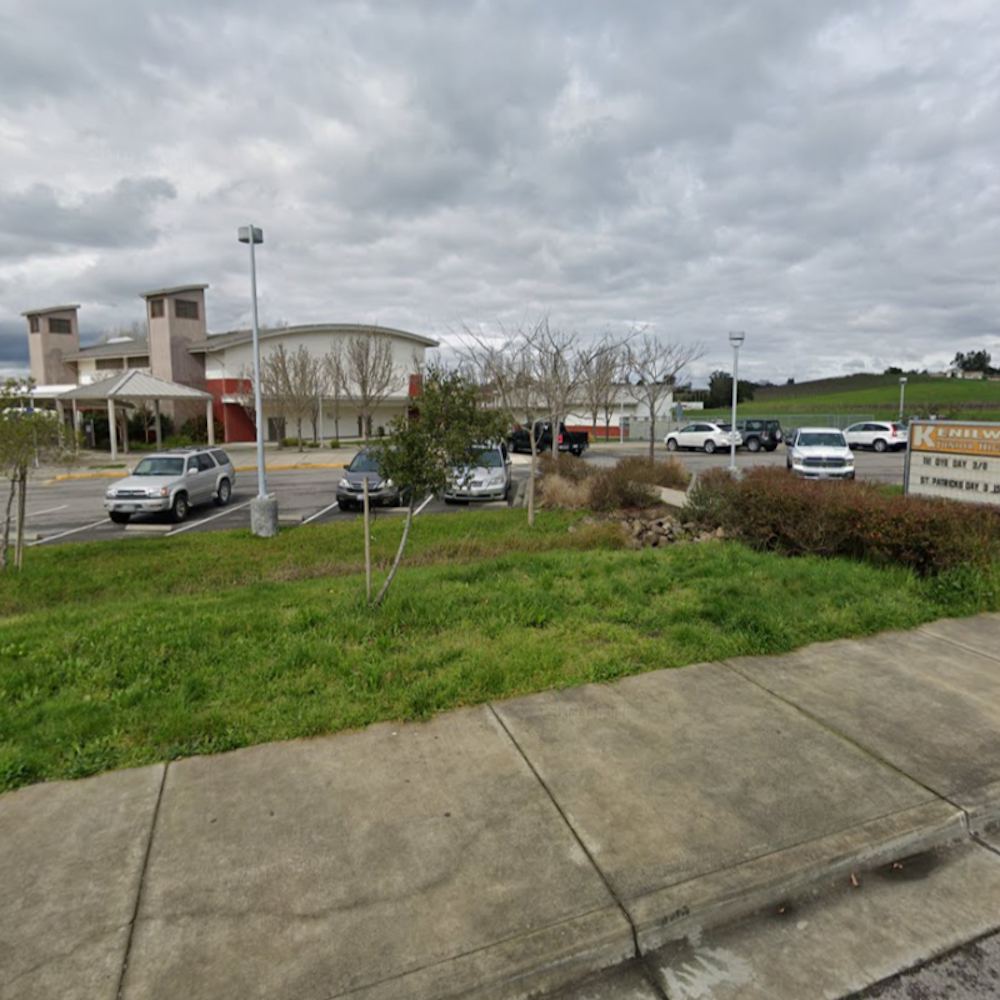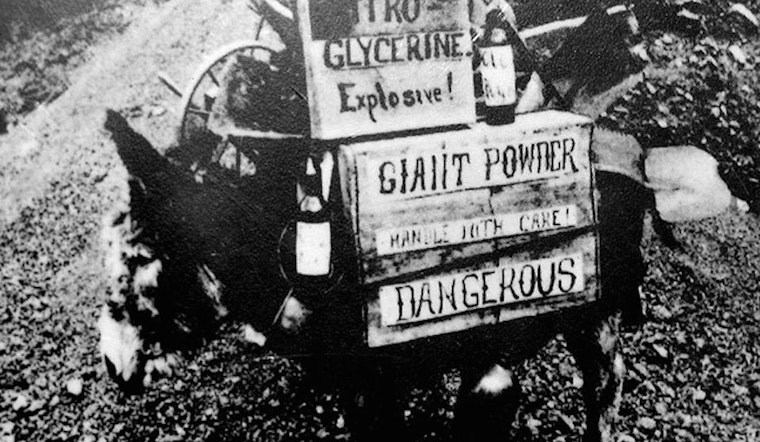
Before the Sunset district was terraformed from sand dunes into neat rows of modest homes, the City's west side was home to a number of large-scale industrial operations: a lumber mill on Mt. Sutro, the Larsen Chicken Ranch, and most notably, two dynamite factories.
At approximately 6:30pm on June 21st, 1872, the California Powder Works and Nitroglycerin Factory, located near what is today Parnassus and 2nd Avenue, exploded in what one Chronicle reporter described as "a wreck of matter and a crush of form."
The factory was completely obliterated, but amazingly, no one was injured. Many residents initially thought the explosion was an earthquake, as windows broke in their frames and buildings shook on their foundations. The Chronicle reporter, who arrived at the scene two hours after the blast, noted the buildings had been replaced with "toothpicks by the millions."
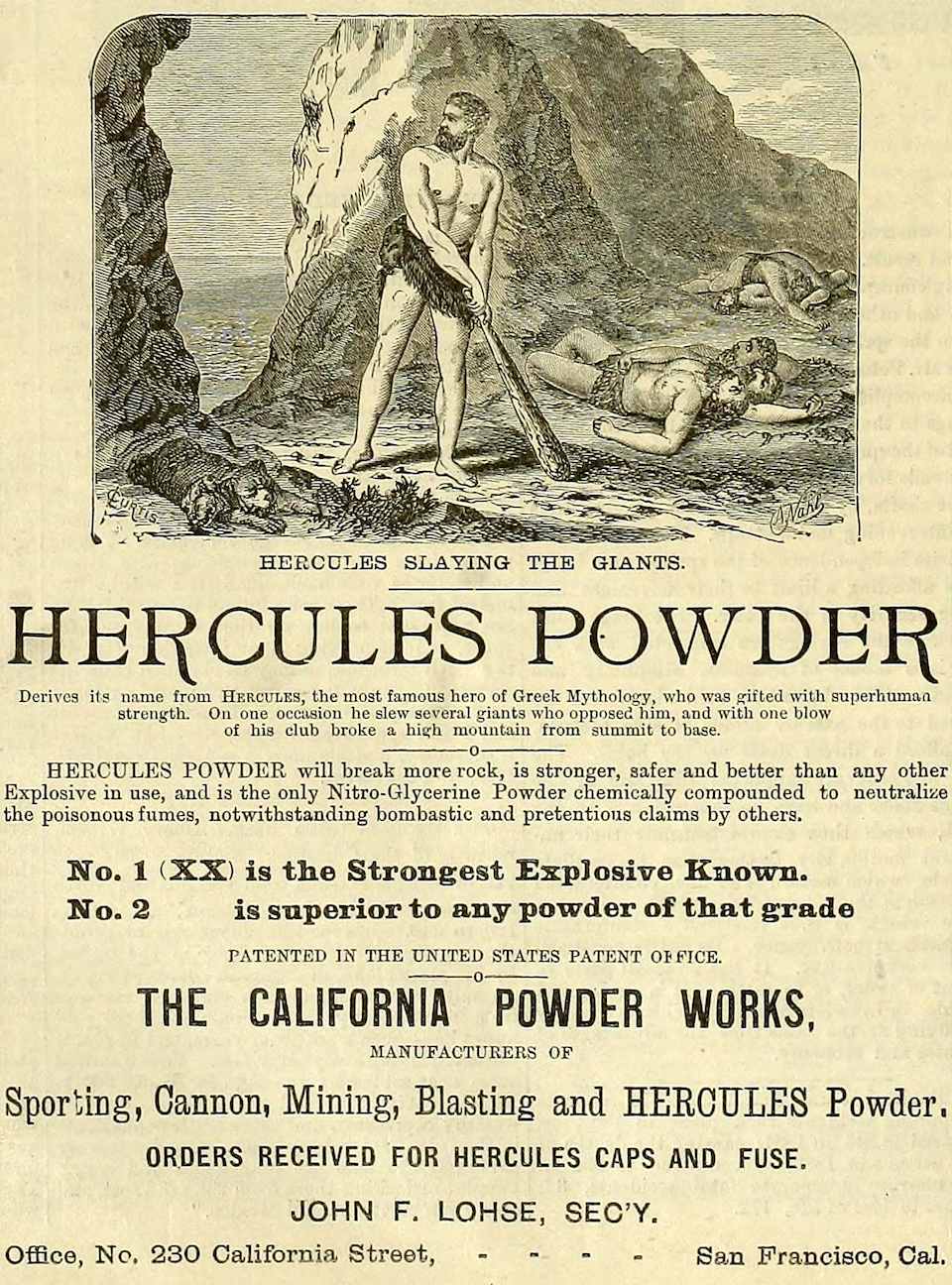
An eyewitness said he saw a white column of smoke from the explosion before being struck seconds later "by a concussion which knocked him down and rendered him senseless." Nearby homes weren't completely destroyed, but property damage was extensive.
Safely manufacturing nitroglycerin is tricky today, but in the 19th century, it was one of the most dangerous ways to earn a dollar. Corrosive sulfuric acid was combined with glycerine in a giant vat and stirred mechanically; because the reaction produced tremendous amounts of heat, the nitroglycerin would have to be siphoned off constantly, cooled and stored.
After the blast, it was estimated that about 1,500 pounds of nitroglycerin were stored in the factory's main building, while a ton of black powder was stored in a "little brick magazine situated not more than 100 feet from the works." Although the magazine was completely destroyed, its contents didn't ignite and were buried in the rubble.
Like many factories of its type, the California Powder Works had a white foreman and Chinese workers who handled the dangerous work. Fortunately, the workers had left an hour earlier, and the foreman, who lived on site, wasn't home at the time of the blast.

Until the early 1870s, the City's only explosives factory was the Giant Powder Works in Balboa Glen Canyon Park. After that complex exploded in November 1869, killing two, injuring eight others and causing extensive property damage, the company relocated to a site near 19th Avenue, between Kirkham and Moraga.
The California Powder Works opened in the Inner Sunset around the same time, on a 120-acre parcel, according to the Western Neighborhoods Project. The factory was located in a small ravine about 100 yards from the Central Ocean Road, a dirt track often covered with sand drifts that "ran west through the Inner Sunset, turned south along 20th Avenue, and then curved southwest around Pine Lake," according to a history of the Parkside district.
After the blast, the powder works were rebuilt and were once again producing nitro before the end of that year. The location was well-suited: the Central Ocean Road was an active thoroughfare for moving raw supplies and finished products. Because the area was still underpopulated, the factory would continue to manufacture explosives for several more years.
The accidents kept coming as well. Seven months later, on December 21, 1872, the California Powder Works blew up again in what the Chronicle described as a "semi-annual explosion and loss of life." This time, two Chinese workers were killed, and several others were critically injured, including the foreman, who was accused of being drunk at the time of the blast.
The California Powder Works plant exploded again June 8th, 1877; farther west, Giant Powder Works experienced several calamitous accidents over the years. By 1880, San Francisco's dynamite makers decided to depart for a less-populated area. California Powder Works moved to the East Bay, eventually changing its name to Hercules Powder.
For a more in-depth look at the Sunset's dynamite factories, listen to this Western Neighborhoods Project podcast.



